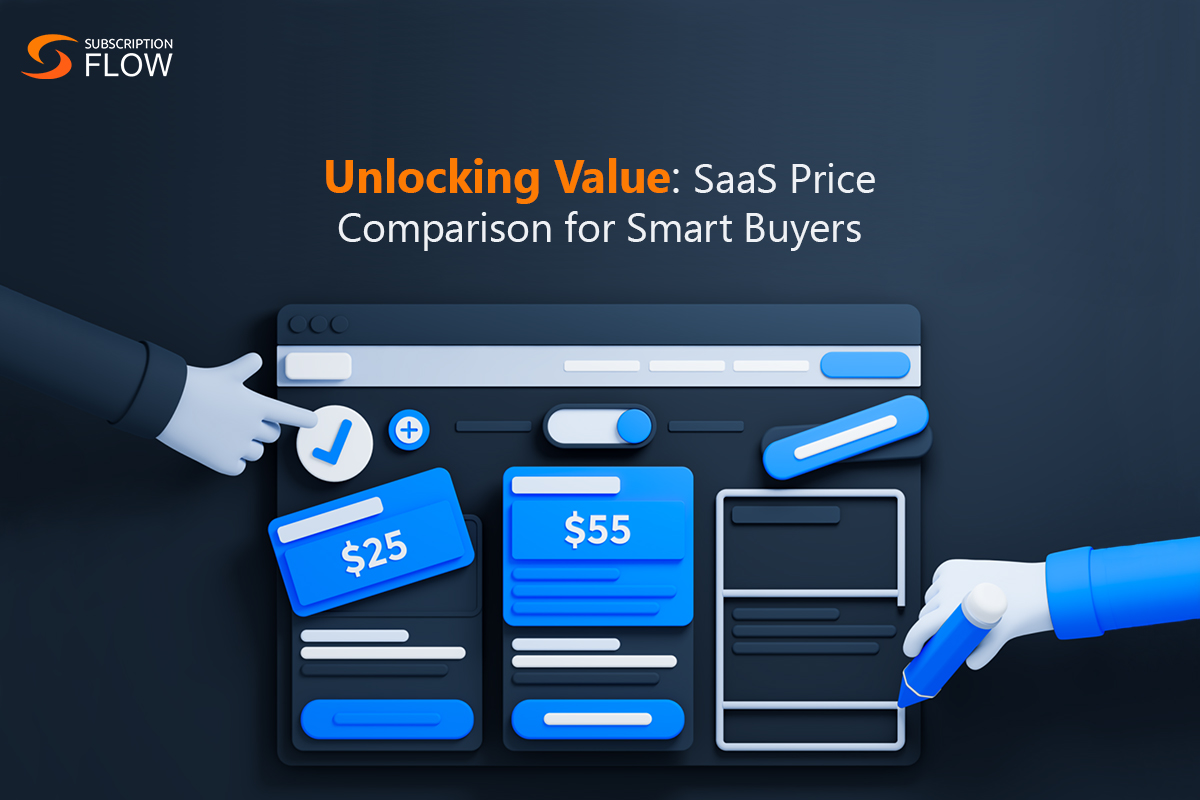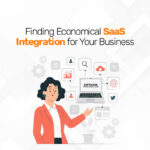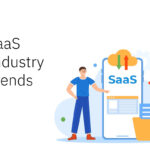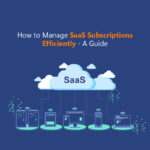
Unlocking Value: SaaS Price Comparison for Smart Buyers
We look at SaaS pricing websites as a leading SaaS marketing agency. We understand how much work goes into developing SaaS pricing packages, as well as how much thought goes into presenting them.
Selling virtual tools necessitates a flawless web presence. When your marketing qualified leads (MQLs) arrive at your SaaS price pages, ready to buy, it’s critical to maintain an exceptional experience.
A significant portion of SaaS marketing revolves around expressing the positioning and value of your solution through well-prepared messaging.
However, when comparing SaaS pricing packages, it can be difficult to express the variations in plans to people who have yet to use your product ultimately.
The Need for B2B SaaS Price Comparison
The quick answer is yes. The longer answer is also yes, but with some nuance – what you’re comparing across organizations, and why you need to compare them, may differ depending on your function, firm, and ambitions.
Even if you’re an established SaaS vendor committed to an utterly value-based pricing strategy, your market category and rivals will come into play and require consideration for a variety of reasons. That is a topic we discussed in depth in another post.
If you’re looking for SaaS, this is a no-brainer. You want the best solution at the lowest feasible cost. To do so, you must first grasp the complete landscape in the category in which you wish to invest, including how alternative solutions are priced. The same is true for venture capitalists (VCs) and other types of investment. If you have a position in a significant player within a category and/or are betting on a certain SaaS category, you must understand how that category makes money from the products sold.
Read more: How Your SaaS Pricing Strategy Can Help You Stay Competitive in the Crowded Market
SaaS Price Comparison – Pricing Model Considerations
We’ve talked a lot about the ambiguity that surrounds a lot of web marketing information on SaaS pricing models. Through earlier blogs like this guide to SaaS pricing models, we’ve done our best to help buyers and sellers cut through the uncertainty.
In theory, we believe SaaS pricing structures are rather simple, and many strategies are similar. You can charge per user, flat fee, usage-based pricing, or a combination of all three. That’s all there is to it. The same is true for packing and measuring. There are a number of high-level frameworks used in the SaaS sector and, more broadly, in “as a Service” in general.
Company A may charge per user, whereas Company B may charge a fixed rate for “up to X users.” Many of the main difficulties are generated by the way plans are “fenced” in tiered models. Company A, for example, may limit usage for its entry-level self-service tier to 100 automation per month, whereas Company B may set a different limit for the number of automation, use a different usage measure to describe automation, or, worse, not define its product at all in terms of automation.
That is only a starting point. Packaging, pricing strategies, price levels, and discounting may differ from one vendor to the next. When these problems are coupled, they generate an exponential number of possible barriers to direct vendor-to-vendor pricing plan comparisons.
Methods for Comparing SaaS Pricing for Businesses with Various Strategies
So, in this case, what should a founder/company/customer/venture capitalist do?
We’ve been wrestling with this for over a decade as part of our competitive and market price benchmarking research and consultancy work. Hundreds of studies have been designed to address these types of competitive normalization difficulties.
In our experience, two, often complementary, strategies work well for creating these types of comparisons:
● Normalization based on Scenarios
● Normalization by Units
Before we get into those, it’s worth noting that there’s an essential question you should ask yourself before beginning to make a comparison: “Why?” Get crystal clear on the purpose of the pricing comparison you’re attempting to create, as well as the motives behind it. In some cases, comparing comparable prices may be required as part of a client deal benchmarking process. Perhaps you want to create a comparative pricing calculator for internal or external usage to demonstrate your product’s cost and TCO in comparison to competitors. Perhaps it is part of a larger strategic effort to examine and solidify your product’s market placement.
Understanding the major goal and expected outcomes will greatly assist you in identifying the best strategies to utilize while developing the real comparison. These strategies provide many forms of competitive analysis outcomes.
Read more: A Comprehensive Guide to B2B SaaS Pricing Models
Normalization based on Scenarios
The universe of prospective comparisons is one of the most difficult aspects of developing any form of vendor-to-vendor pricing comparison, regardless of how well the pricing models are aligned. Consider a product that is billed on a per-user, per-month subscription basis. A specific agreement could include 100, 1,027, or 10,270 users. It could be a month-to-month agreement or a yearly contract. It may or may not include add-ons.
It could be a long-term customer renewing for the fifth year of their contract, or it could be a new self-service purchase. There are an unlimited amount of individual cases like this that require comparison.
If you need to solve every possible customer case, you should (a) start drinking more coffee right now, (b) reconsider your goal, or (c) go on to unit-based normalization. If you’re like most people, you’ll need to develop a strategy based on what we call scenario-based normalization.
Scenario-based normalization is based on a Pareto principle adaptation: 80% of the knowledge required to inform our pricing comparison comes from 20% of the available situations.
What does this mean in practice? True, there are an infinite number of ways to compare pricing vs a peer. However, it is likely that you have some heuristics that characterize either the current or desired status of a given product. Consider the corporation that could sell its per-user, per-month product to 127 or 10,270 users. Natural case frameworks exist based on how your plans have been constructed. In our example, the 127-user scenario is most likely associated with “Plan XYZ, which is best for businesses of 50 to 250 employees.” You most certainly have data on your consumer makeup in that plan.
Maybe 75% of consumers have 1 to 100 users and are on a monthly plan or something. Consumption statistics that characterize your typical and/or desired consumer for a certain product and plan are most likely available.
Stop here and go acquire a SaaS analytics tool if you don’t have that data. If you don’t want to pay for that, ProfitWell is free and will provide you with all of the information you need. There are plenty more companies in the industry that offer excellent items.
Create three to five representative transaction scenarios based on those data that represent 80% (or more) of your potential consumers for a specific product and plan.
It could be somewhat more or less than three to five, but we’ve found that range to be successful for most of the businesses we work with. It’s also a good idea to create scenarios that define a typical small, medium, and large deal for a specific product and plan, so you can see how pricing scales with deal size for your product against your competitors. These scenarios would typically have the following elements:
● The size of the deal scenario (for example, units or users — whatever metrics define scope)
● Deal scenario’s terms
● Factors influencing client relationships (for example, new or renewing customers, customer size, industry vertical, geography)
● Other product scenarios to consider (for example, add-ons, multi-product purchases, and support)
Scenario-based normalization compares pricing strategies to competitors, allowing for competitor pricing projections depending on their strategy. This analysis determines whether the price strategy matches with the desired positioning and customer value, and may necessitate the use of public or nonpublic information, as well as internal and external data sources.
The goal is not to benchmark every case, but rather to comprehend how pricing scales for various sorts of shared customers. This analysis might aid in determining what modifications or extra research are required for a more effective pricing strategy.
Unit-Based Normalization
A unit-based normalization is an approach that entails establishing unit-level comparisons of the comparative price that may be used in any deal scenario or setting. It is useful for developing competitive price calculators and other related applications. There are two methods for standardizing a vendor’s unit pricing: (1) normalize to the value metric of your product, or (2) normalize to the value metric of your competition.
The latter is useful for understanding a competitor’s unit economics. If Competitor A sells a monthly ice cream sundae subscription service with three tiers of monthly flat-fee subscription, normalizing to the unit level reveals that the pricing is $10 a pint or $4 per topping.
These unit-level price statistics might be used to assess how pricing would scale in various scenarios and how volume considerations might reduce unit pricing.
The more valuable implementation of unit-based pricing for most use cases is to normalize competitive pricing to your product’s major value indicator, allowing you to compare pricing directly to your competition. Unit-based normalization is simple if competitors price using the same model as you or use a different model but have the same value metric.
However, if the competitor’s product usage is not defined by “application tests,” starting with a scenario-based normalization technique may be preferable. Another approach is to normalize your product’s pricing to the value metric of your competition, or both. The most profitable option in your SaaS price comparison is the one that suits your business needs and demands.










